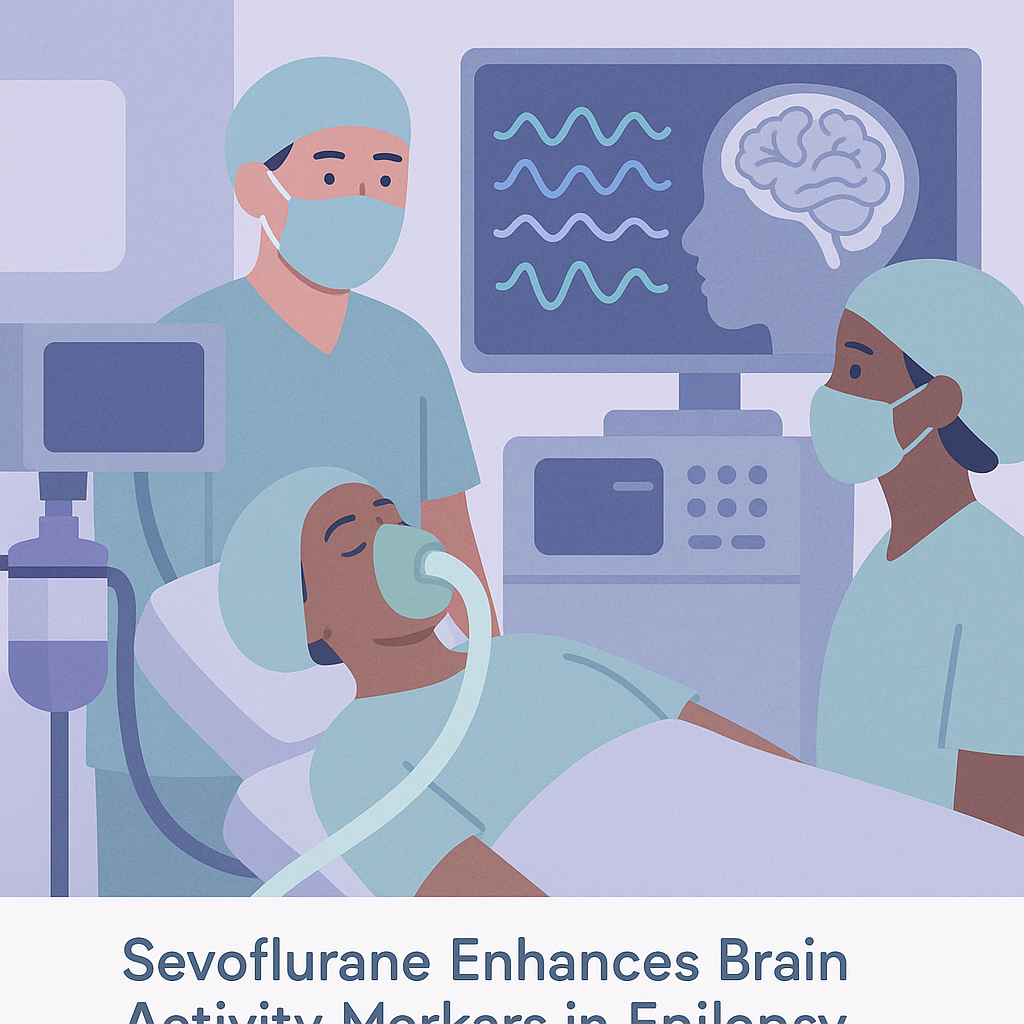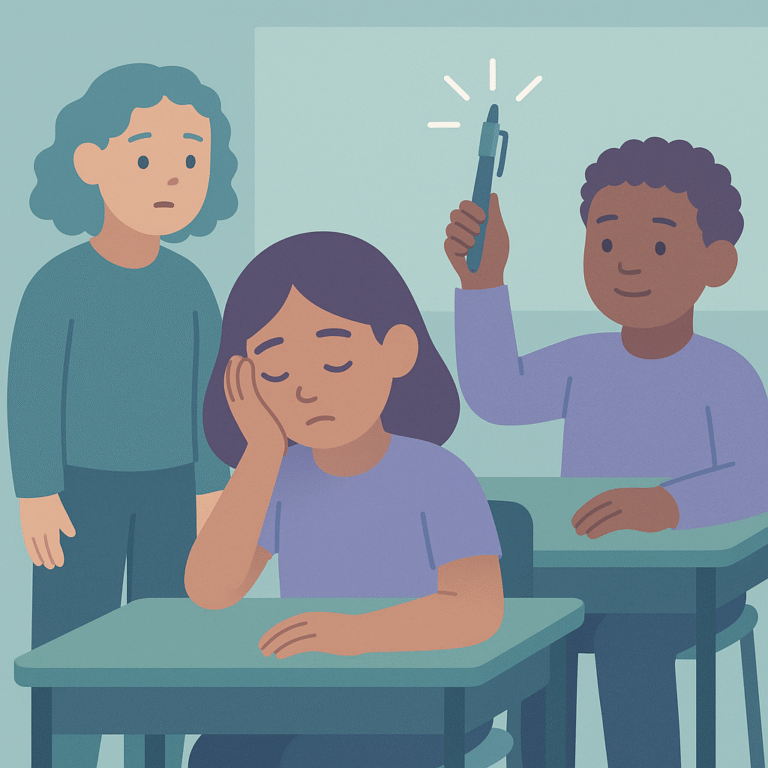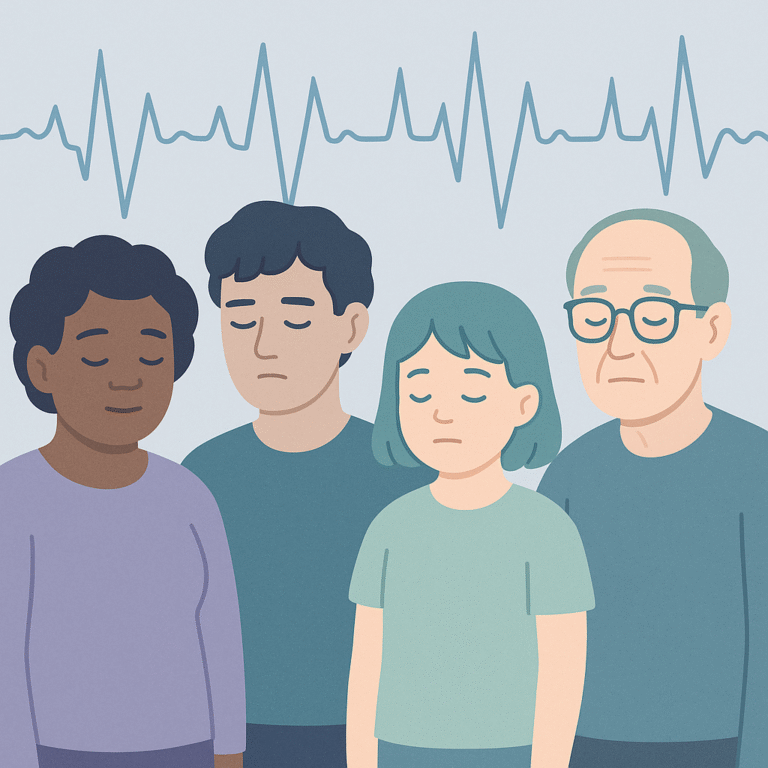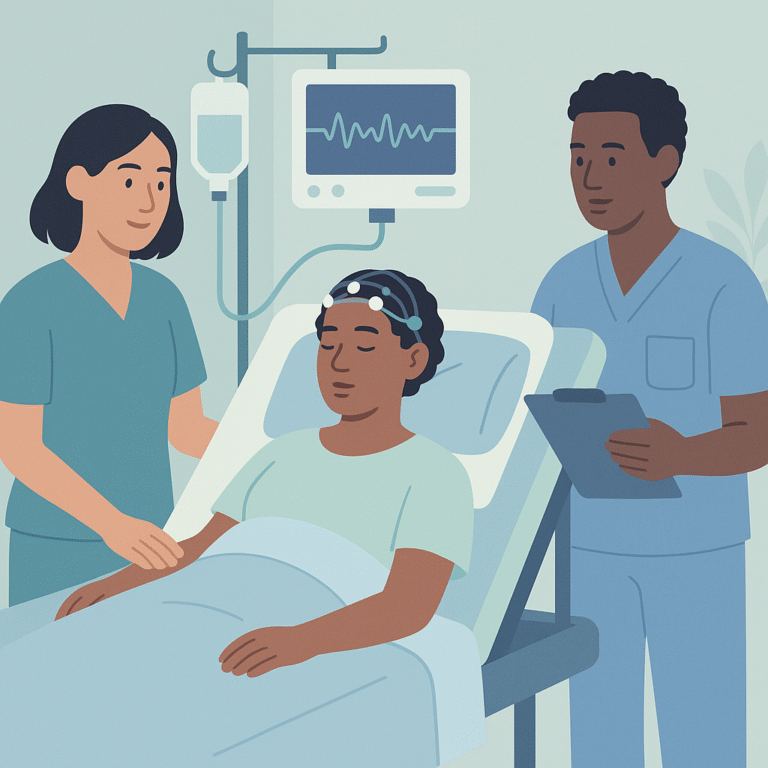Sevoflurane Enhances Brain Activity Markers in Epilepsy Surgery
Source: Brain communications
Summary
In this study, researchers looked at how sevoflurane anesthesia affects brain activity in children with drug-resistant focal epilepsy. They focused on 19 patients aged 4 to 18 years who had surgery to control their seizures. The goal was to find ways to better locate the areas of the brain that cause seizures without needing multiple surgeries and invasive procedures.
The key findings showed that using sevoflurane increased certain brain activity patterns, called phase-amplitude coupling and effective connectivity, particularly in the frontal and parietal lobes. These patterns were more pronounced in areas that were later removed during surgery to achieve seizure control. However, the increased activity was also seen in normal brain regions, which means that while these patterns can help identify seizure-causing areas, they are not exclusive to them.
This research is important because it suggests that sevoflurane could help identify the areas of the brain responsible for seizures more effectively. However, the findings also highlight the need for further studies to confirm these results in larger groups of patients. Understanding how these brain activity patterns work under anesthesia is crucial before they can be reliably used in clinical settings to guide treatment decisions.
Free: Seizure First Aid Quick Guide (PDF)
Plus one plain-language weekly digest of new epilepsy research.
Unsubscribe anytime. No medical advice.





